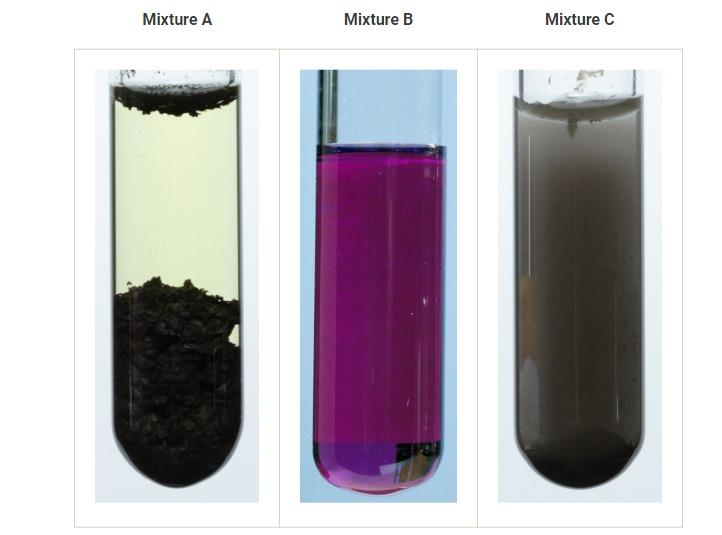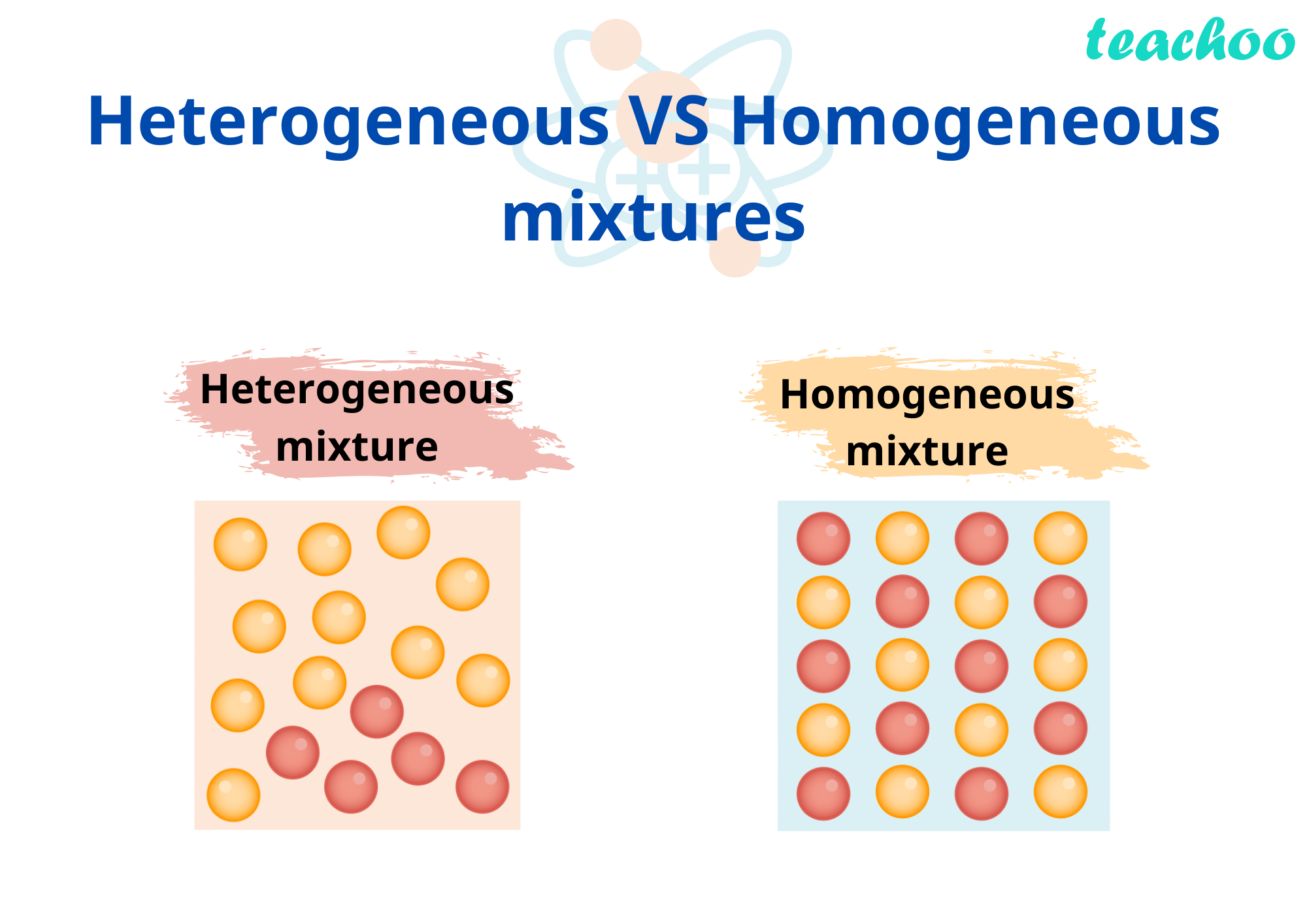Is blood a heterogeneous combination? This seemingly easy query delves into the fascinating complexity of our circulatory system. Past the fundamental understanding of blood as an important fluid, lies a deeper reality about its composition. This exploration will uncover the stunning solutions to this important query, offering a complete understanding of blood’s make-up and its function in our our bodies.
Blood, an important part of the human physique, is a fancy combination of assorted elements. Understanding whether or not it matches the definition of a heterogeneous combination requires analyzing its composition intimately. We’ll dissect the important thing parts and their interactions, revealing the intricacies of this very important fluid.
Whereas blood may look like a uniform substance, it is truly a fancy combination. Understanding its elements, just like the myriad phrases that finish in “c” – corresponding to “music,” “logic,” and “critic” – words end in c – reveals its heterogeneous nature. Finally, blood’s numerous composition confirms its classification as a heterogeneous combination.
Understanding the composition of blood is essential for greedy its very important capabilities throughout the human physique. A elementary query arises: is blood a heterogeneous combination? Let’s discover the properties of blood to find out whether or not this liquid connective tissue matches the definition of a heterogeneous combination.
Whereas blood may appear homogenous, a better look reveals its advanced make-up. The presence of numerous elements like purple blood cells, white blood cells, and plasma makes it a heterogeneous combination. This intricate composition is, in a manner, harking back to the fascinating intricacies of nikky nikky nine doors , a fascinating exploration of a number of layers and parts.
Finally, blood’s heterogeneous nature is essential for its very important capabilities within the physique.
What’s a Heterogeneous Combination?
A heterogeneous combination is a mix of gear through which the elements should not uniformly distributed. The completely different elements retain their distinct properties and might be visually distinguished. Consider a salad—the lettuce, tomatoes, and dressing are separate and identifiable. This contrasts with a homogeneous combination, like saltwater, the place the salt dissolves fully and the elements are evenly distributed.
The Elements of Blood: A Nearer Look
Blood is a fancy fluid composed of a number of distinct elements. These embrace:
- Plasma: A pale yellow liquid that makes up about 55% of blood quantity. It primarily consists of water, but additionally comprises dissolved proteins, salts, hormones, and vitamins.
- Pink Blood Cells (Erythrocytes): These are chargeable for carrying oxygen all through the physique. They’re essentially the most ample blood cells.
- White Blood Cells (Leukocytes): Essential for the physique’s immune response, these cells combat an infection and illness.
- Platelets (Thrombocytes): These tiny cell fragments are important for blood clotting.
Is Blood a Heterogeneous Combination?
Whereas blood seems to be a single fluid, its elements should not uniformly distributed. Plasma, being the liquid part, is one section. Nevertheless, the suspended cells—purple blood cells, white blood cells, and platelets—are distinct and don’t dissolve throughout the plasma. This lack of uniform distribution is a key attribute of heterogeneous mixtures.
Analyzing the Proof
To definitively reply the query, think about these observations:
- Visible Distinction: Underneath a microscope, the completely different elements of blood are simply discernible. The purple blood cells, for instance, have a definite form and coloration, clearly separate from the plasma.
- Section Separation: If blood had been a homogeneous combination, the elements could be fully dissolved and indistinguishable. Nevertheless, blood displays section separation; the cells and plasma are visibly distinct.
- Bodily Properties: The elements of blood possess distinctive bodily properties. Plasma is a liquid, whereas purple blood cells, white blood cells, and platelets are stable or semi-solid.
Technical Concerns: Is Blood A Heterogeneous Combination
Whereas the heterogeneous nature of blood is instantly obvious, it is vital to notice the suspension side. The cells are suspended throughout the plasma, not dissolved. This suspension is a dynamic course of, influenced by numerous elements, together with the blood’s viscosity and the cells’ measurement and form. [Image: Diagram illustrating the components of blood and their relative distribution]
Implications and Additional Analysis
Understanding blood’s heterogeneous nature has implications for numerous fields, from medication to supplies science. Additional analysis may discover the affect of various elements on blood’s general properties and capabilities. [See also: The Importance of Blood in the Body]. The dynamic interaction between the suspended elements and the plasma is important to understanding blood’s very important function in sustaining homeostasis.
Whereas blood may look like a easy fluid, its advanced composition makes it a heterogeneous combination. Completely different elements, like purple blood cells, white blood cells, and plasma, exist in various proportions, making a non-uniform combination. Understanding this heterogeneity is essential, significantly when contemplating the nuances of medical diagnostics and coverings, versus the colloquial which means of “within the gap which means”.
The various mobile and plasma parts contribute to the general traits of blood, in the end impacting its perform. This multifaceted composition additional highlights the significance of blood as a heterogeneous combination.
[Image: Graph depicting the distribution of blood components over time].
Whereas blood may look like a easy fluid, its advanced composition makes it a heterogeneous combination. That is in contrast to a easy drink, like a single shot of whiskey, which you may need “one for the highway” one for the road meaning. The assorted cells, proteins, and dissolved substances in blood clearly reveal its heterogeneous nature.
Understanding that is essential for greedy its very important capabilities.
Conclusion
In conclusion, blood is taken into account a heterogeneous combination. The distinct elements, their completely different bodily properties, and the shortage of uniform distribution clearly set up this classification. This attribute performs a major function within the functioning of the human physique. [See also: How Blood Works in the Human Body].

Additional investigation into the interactions and conduct of the completely different blood elements may reveal additional insights into the advanced processes concerned in sustaining a wholesome human physique. [See also: Research Opportunities in Blood Composition].
Whereas blood may look like a single substance, it is truly a fancy combination. Delving into the specifics, understanding if blood is a heterogeneous combination entails analyzing its different elements, like purple and white blood cells, platelets, and plasma. This intricate mix of parts makes blood an interesting topic to investigate, significantly within the context of seven letter phrases beginning with j.
7 letter words starting with j are, surprisingly, related to the idea of heterogeneous mixtures, showcasing the range discovered inside a seemingly easy liquid. Finally, blood’s heterogeneous nature turns into clear when contemplating its composition.
Do you’ve any questions or feedback concerning the nature of blood as a heterogeneous combination? Share your ideas under! Share this text on social media to unfold the data!
In conclusion, whereas blood may seem homogenous at a look, a better examination reveals a fancy combination of cells and fluids. This multifaceted nature is essential for its numerous capabilities. We have explored the elements and their roles, in the end demonstrating that blood, whereas very important, is way from a easy substance. This deeper understanding illuminates the intricacy of the human physique.
Solutions to Widespread Questions
Is blood thought of an answer?
No, whereas blood comprises dissolved substances, its heterogeneous nature arises from the presence of suspended particles and ranging elements. It is not a real resolution.

What are the primary elements of blood?
Blood consists of plasma, purple blood cells (erythrocytes), white blood cells (leukocytes), and platelets (thrombocytes). These elements work collectively to carry out a mess of capabilities.
How does the presence of various elements have an effect on blood’s properties?
The various elements, together with proteins, salts, and vitamins, contribute to blood’s distinctive properties, together with its viscosity, pH, and skill to move oxygen and vitamins all through the physique.
Can blood be separated into its elements?
Sure, blood might be separated into its elements by way of processes like centrifugation. This course of permits medical professionals to investigate and make the most of particular elements for numerous remedies and diagnostic functions.
